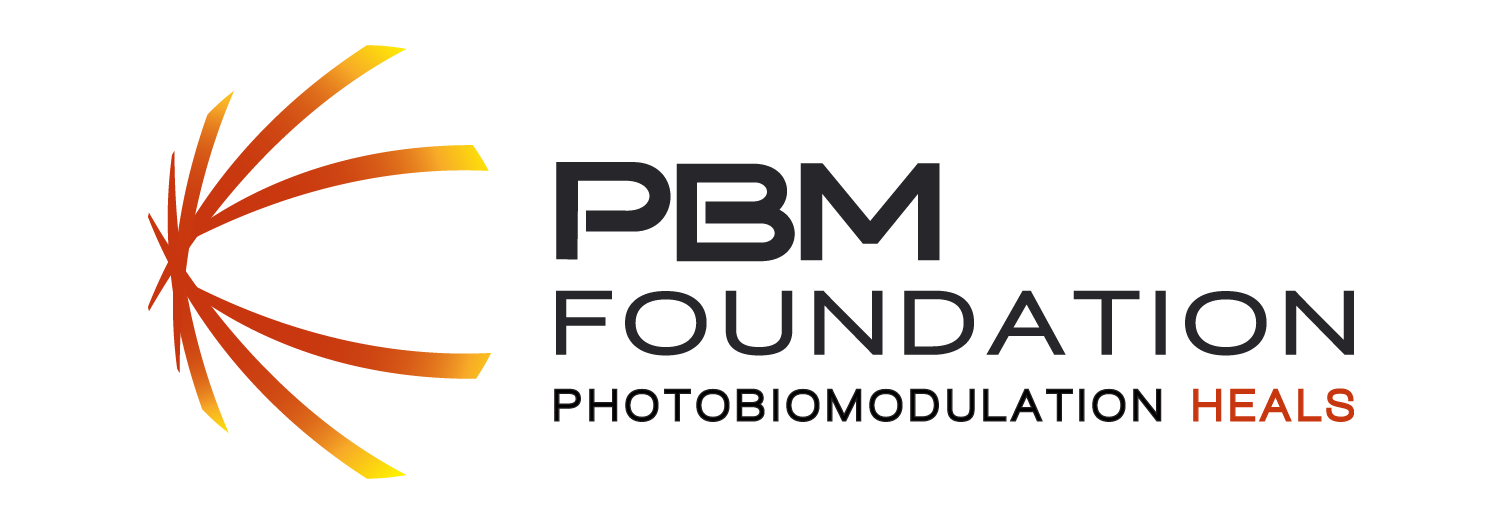Photobiomodulation Therapy for Wound Care: A Potent, Noninvasive, Photoceutical Approach
Abstract
GENERAL PURPOSE:
To provide background and examine evidence for the therapeutic application of light energy treatments for wound healing.
TARGET AUDIENCE:
This continuing education activity is intended for physicians, physician assistants, nurse practitioners, and nurses with an interest in skin and wound care.
LEARNING OBJECTIVES/OUTCOMES:
After completing this continuing education activity, you should be better able to:
1. Explain the basics of lasers, light-emitting diodes, and light-tissue interactions as they apply to photobiomodulation therapy.
2. Summarize the results of the authors’ literature review of the evidence regarding the therapeutic applications of photobiomodulation treatments for wound healing.
OBJECTIVE:
To provide background and examine evidence for the therapeutic applications of light energy treatments for wound healing.
METHODS:
A search was performed in PubMed for peer-reviewed scientific articles published in the last 5 years using the search terms “photobiomodulation therapy” and “low-level laser therapy,” and these terms combined with “wound,” using a “human species” filter. This search yielded 218 articles on photobiomodulation therapy or low-level laser therapy and wounds. Of these, only articles on in vivo wound care using light treatments were specifically included in this review (n = 11).
RESULTS:
The wound healing effects of low-dose laser treatments were first described over 50 years ago. Various doses ranging from 0.1 to 10 J/cm2 and wavelengths ranging from 405 to 1,000 nm appear to provide therapeutic benefits for a broad range of chronic wounds. A range of light energy sources from LEDs to lasers have been used and have specific advantages and limitations. There is a lack of consensus on standardized treatment parameters such as wavelengths, dose, and therapeutic outcomes in the reviewed studies, preventing direct comparison and clinical protocol recommendation. An expert opinion based on ongoing research studies and reported literature is offered.
CONCLUSIONS:
Noninvasive, economical, and multipurpose light devices are an attractive tool for wound management. However, there is an urgent need in the wound care community to develop optimal clinical protocols for use based on well-designed, rigorous clinical research studies.
—Advances in Skin and Wound Care

